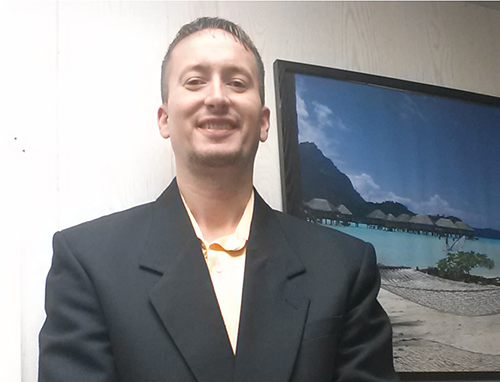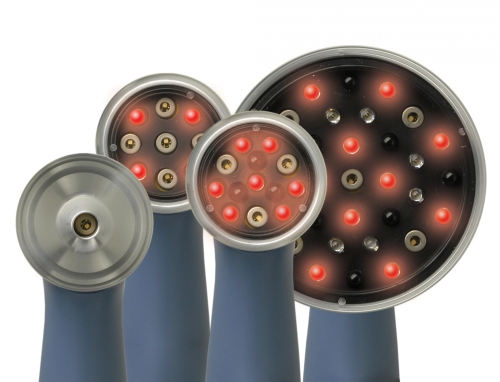Carpal Tunnel Syndrome (CTS) develops when the median nerve is pinched at the palm-side of the wrist causing numbness in the index, third, and thumb-side half of the ring/fourth finger. Since the median nerve passes through the neck, it’s possible that dysfunction in the neck can interfere with the median nerve, resulting in carpal tunnel syndrome-like symptoms. Sometimes the median nerve can be “pinched” in both the neck and the wrist in what’s known as double crush syndrome.
Though many patients benefit from both surgical and non-surgical CTS treatment approaches, it is not uncommon for the results to fall short of a total resolution of symptoms. In these unsuccessful cases, it’s possible the median nerve is “pinched” at one or more locations other than the area the treatment focused on. In some cases, the hand symptoms and other signs of CTS can improve following treatment to relieve cervical dysfunction. The opposite can also be true with neck pain and related symptoms improving when the carpal tunnel is treated.
The concept of “differential diagnosis” has to do with considering multiple possible causes that can create similar symptoms, and one by one, ruling “in” or “out” each diagnosis by performing various tests with the ultimate goal of coming away with one solid diagnosis. Of course, the problem with this is that there is often more than one diagnosis at play, and in such cases we must determine which one is primary vs. secondary.
Taking our topic this month as an example, a chiropractor may often see cervical spine x-ray findings such as degenerative disk spaces, osteoarthritic spurring, or narrowing of the foramen that the spinal nerves pass through in route to the arm and hand. However, they may not be sure if these findings are “clinically important” or even contribute to a “cervical radiculopathy” or pinched nerve in the neck. It’s possible to see these same x-ray findings in patients with no radiating arm symptoms whatsoever. Similarly, patients with radiating arm / hand complaints may have NONE of these findings! The same holds true with bulging and/or herniated disks in the neck because these may or may NOT cause any radiating symptoms. When a chiropractor is able to reproduce arm and hand symptoms during an examination of the neck that are similar to CTS, this increases the doctor’s suspicion that at least a portion of the hand complaints may be attributed to nerve compression from the neck. When both neck and wrist findings co-exist, tests like EMG (electromyography) and NCV (nerve conduction velocity) can really help in some cases, but in other instances, the degree of nerve loss (the amount of damage) may not be enough to be accurately assessed with such diagnostic tools.
The “bottom line” is that all health care practitioners start “conservative” and wait until all approaches have been exhausted prior to recommending surgery. As described in previous articles, there are MANY non-surgical approaches that chiropractors can provide and you owe it to yourself to try these conservative approaches first!
We realize you have a choice in whom you consider for your health care provision and we sincerely appreciate your trust in choosing our service for those needs. If you, a friend, or family member requires care for Carpal Tunnel Syndrome, we would be honored to render our services.


